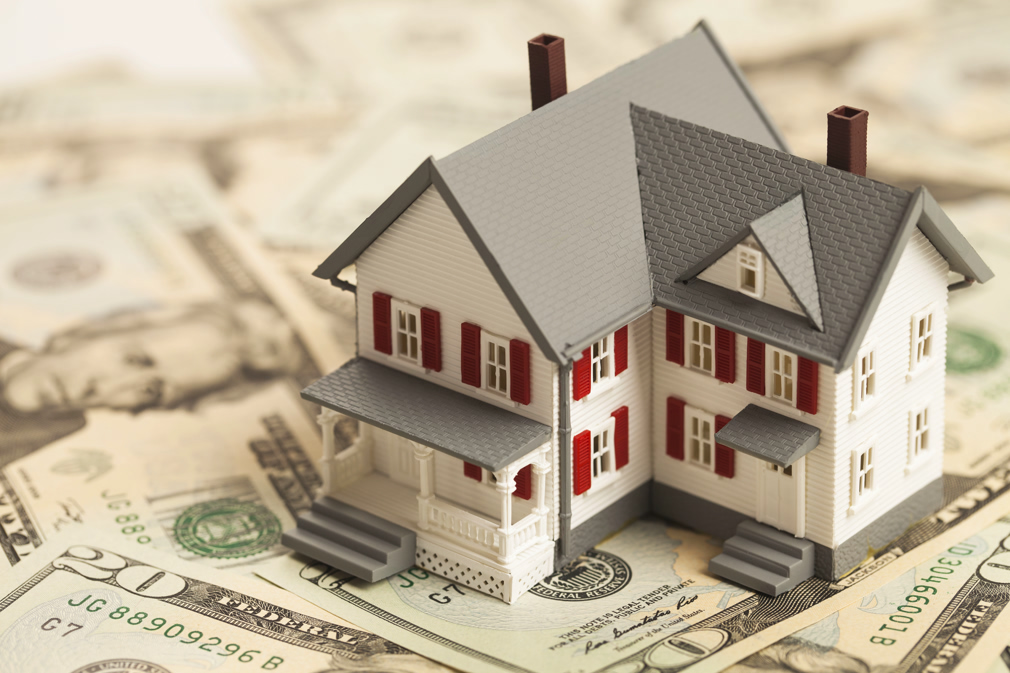Americans are cashing out home equity by refinancing their mortgages, even if it means they’re paying higher interest rates.
Nearly 60% of cash-out refinancings in 2018 came with higher interest rates, the biggest share since before the financial crisis, according to a Wall Street Journal story citing mortgage-data firm Black Knight.
“For some homeowners, the trade-off is worth it,” the Journal story said. “While mortgage rates have crept up, they are still lower than what borrowers would pay if they tapped a credit-card or home-equity line of credit.”
Boosted by refis, lenders originated $700 billion in mortgages in the third quarter, the most since before the financial crisis, according to industry research group Inside Mortgage Finance.
A big chunk of the cash-out refis was due to debt consolidation – specifically, paying off a home equity line of credit by rolling it into a first-lien mortgage. About $6.1 billion of HELOC debt was extinguished that way in the third quarter, the highest in almost two years, according to Freddie Mac data.
In September, the average 30-year mortgage rate was almost 3 percentage points lower than the average HELOC rate, the biggest gap on record going back to 1992, the Journal story said, citing Bankrate.com.
“After roughly a decade of rising home prices, homeowners are flush with record amounts of home equity they can tap,” the Journal story said. “But many Americans remain short on cash and are increasingly relying on debt to fund their lives.”
That, of course, will remind some people of the years before the housing crash, when some Americans turned their homes into ATMs, using the cash for vacations, cars, and debt consolidation. But, the volume in recent years isn’t even close.
In 2006, when home prices peaked, owners tapped a record $348.4 billion of home equity, combining cash-out refis and consolidation of HELOC debt, according to Freddie Mac data.
In the first three quarters of 2019, that volume was $66.1 billion, according to Freddie Mac. In 2018, it was $101.2 billion, the highest since 2009, the data shows.






